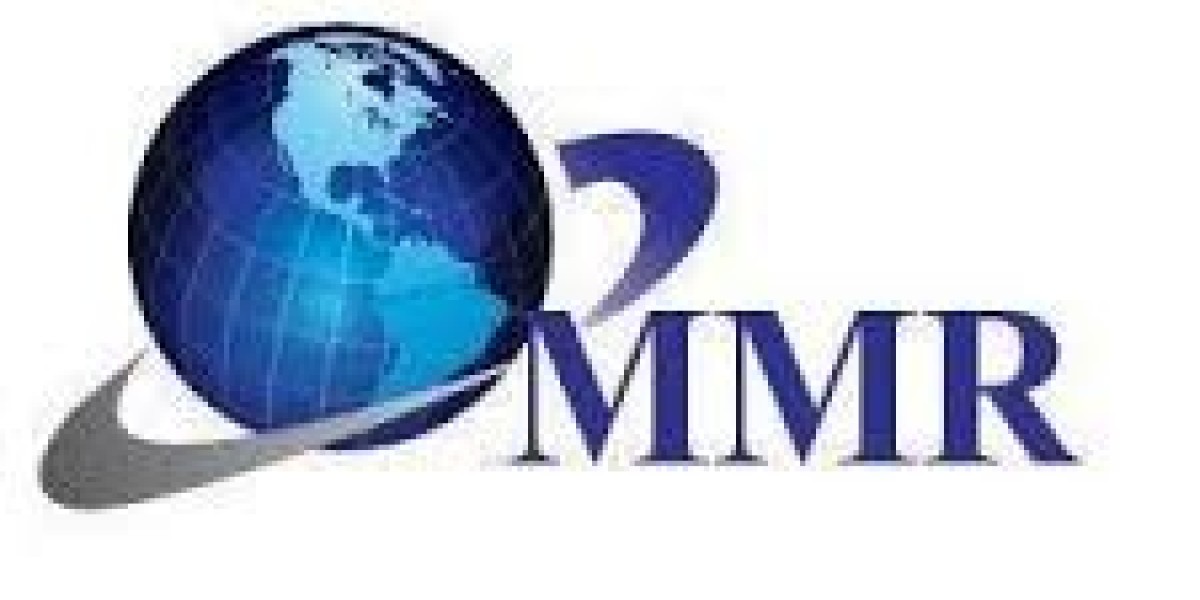Introduction
Human health is another important topic in GCSE Biology and GCSE Psychology because it deals with the structure and functioning of the human body. Knowledge in human anatomy plays a crucial role for students since it becomes a basis of further study in biology, medicine and other related fields. Throughout this guide, specific highlights of human ‘anatomy and physiology’ are discussed in relation to key-concepts and stereotyped curricula of GCSE.
The Skeletal System
Overview
The skeletal system is the human body’s framework and plays the role of protecting significant internal organs. It is made up of; bones, cartilage, ligaments and joints, all which contribute to the movement and stability of an organism.
Bone Structure
Bones are dynamic tissues, which are the structural framework of the body comprising two types of tissues, compact bone, and trabecular bone. Blood cells are formed inside the bones where the marrow is, and bones also contain chemicals which include calcium and phosphorus.
Types of Bones
Bones can be classified into four types based on their shapes: Such as the following; the long bones (femur), short bones (carpals), flat bones (skull) and the irregular bones (vertebrae).
Bone Growth and Development
Bone formation is by ossification, which is the process of bone formation by the substitution of the cartilaginous tissue by osseous tissue. This process is particularly vital during childhood and adolescence though it can occur at any age.
Common Disorders
The prevalence of skeletal diseases is relatively high and they include osteoporosis, arthritis, and fractures. Osteoporosis is a disease that is identified by the weakening of bones while arthritis causes inflammation to the bones particularly the joints.
The Muscular System
Overview
Skeletal muscles together with the skeletal system are responsible for the movement of an organism. It is made up of more than 600 muscles that are broadly classified into three; skeletal, smooth, and cardiac muscles.
Types of Muscles
Skeletal Muscles
Muscles that move and interact with bones by the individual’s want.
Smooth Muscles
Skeletal muscles which work unconsciously and are present in the interior body parts.
Cardiac Muscles
The special muscles of the heart which are responsible or pumping blood.
Muscle Contraction
The muscle contraction takes place via the sliding filament theory whereby the filaments comprising of actin and myosin reduces the muscle length.
Muscle Health
Thus, to promote muscle health, one has to follow the muscular fitness regime, consume nutritious diet, and appropriate amount of water. Muscular dystrophy and cramps for example, are illnesses that have impacts to muscles.
The Nervous System
Overview
The nervous system regulates and directs all activities in the body. Its two major divisions include the following; The Central Nervous System And The Peripheral Nervous System.
Structure of Neurons
Neurons are the building blocks of the nervous system, it has cell body, dendrites and axons. They carry impulses of the nervous system within the body.
Central Nervous System
The CNS comprises the organ of the brain and the nervous axis or what is commonly known as the spinal cord. The spinal cord also conducts electrical impulses, and the brain deals with processing of Information.
Peripheral Nervous System
The PNS comprises all structures of the nervous system that are not considered being part of the CNS. It links the CNS to appendages and internal organs bringing message traffic from the body to the brain.
PATHOPHYSIOLOGY NEUROCHEST/NEURO/NEUROTEST, DISORDERS OF THE NERVOUS SYSTEM
The most prevalent disorders of the nervous system are Alzheimer’s disease, Parkinson’s disease, and multiple sclerosis, all of which intervene with neural function in various manners.
The Endocrine System
Overview
This is a model of glands that secrete hormones and it performs different functions in the body including; growth, metabolism, and reproduction.
Major Glands
These are the pituitary gland, thyroid gland, adrenal glands and the pancreas Photographic Portfolio This folder includes a collection of images I have taken of families in the last two weeks. All these glands secrete hormones that have an impact on bodily processes in people.
Hormone Functions
Hormones are thus referred to chemicals that facilitate communication within and between cells and tissues affecting processes such as energy production, mood swings and development.
Diagnoses related to endocrine organs and disorders
The endocrine diseases, include diabetes mellitus and hyperthyroidism are conditions that stem from hormonal abnormalities.
The Cardiovascular System
Overview
It involves the carry of nutrients, gases and waste through circulation in the body, this system is also referred as the circulatory system.
Structure of the Heart
The heart, a muscular organ, has four chambers: The heart comprises of two parts known as the atria and the ventricles each of them being two. It circulates blood all over the body, ensuring that the circulation is attained.
Blood Vessels
Arteries, veins, and capillaries are some of the blood supplies. The arteries transport oxygen containing blood from the heart, the veins transport oxygen depleted blood back to the heart and capillaries help in the exchange of gases.
Blood Circulation
Circulation of blood is done in the systemic circulation and pulmonary circuits. The systemic circulation circulates oxygenated blood all over the body while the pulmonary circulation circulates blood within the lungs to get oxygenated.
Disorders of the Cardiovascular System
Cardiovascular diseases are diseases of the heart and include high blood pressure, arteriosclerosis, and heart attack, some of which may be acquired through certain behavioural patterns and genealogy.
The Respiratory System
Overview
The respiratory system makes it possible for the exchange of gases by supplying oxygen to the body and at the same time removing carbon dioxide.
Structure of the Lungs
Lungs are spongy organs that are further demarcated as lobes. It internalizes through the trachea and down to the bronchi and bronchioles, until it arrives at the alveoli for gas exchange.
Breathing Mechanism
Breathing consists of inspiration and expiration performed with the help of the diaphragm and intercostal muscles. This function is controlled by the respiratory centre in the brain.
Gas Exchange
Interchange of gases happens in alveolus, dissolved oxygen is transported by blood while carbon IV oxide is exhaled from the blood.
Respiratory Disorders
Asthma is one of the common respiratory diseases that affect people’s breathing and lung function, whereas Chronic obstructive pulmonary disease affects lung ventilation and Pneumonia affects the lung parenchyma.
The Digestive System
Overview
The basic bodily need of food is also digested and metabolized in this system with the aim of converting food into absorbable nutrients with the capacity to provide energy, growth and repair.
Digestive Organs
Mouth and esophagus take care of the first phase of digestion, stomach, small and large intestines are involved in digestion and absorption, liver pancreas, and the gallbladder take care of the absorption phase of digestion.
Digestive Process
Digestion is a process that starts with ingestion, followed by the digestion and absorption of food and; finally excretion. Protein enzymes and digestive juices transform the food into individual nutrients which can be easily absorbed.
Nutrient Absorption
Dietary nutrients are mainly absorbed in small intestine with the help of villi and microvilli for the large absorptive surface.
Common Digestive Disorders
The common digestive disorders are for examples gastro esophageal reflux disease, irritable bowel syndrome and celiac disease which impact digestion and nutrient assimilation.
The Urinary System
Overview
The excretory system in the urinary focuses on acutely eliminating waste substances and regulating Fl and electrolytes.
Structure of the Kidneys
They are responsible for filtering blood to give out urine. They comprise nephrons, which are the elements that filter and reabsorb the substances according to the body needs.
Urine Formation
Urine formation is a three step process which includes filtration, reabsorption and secretion. Kidneys control waste disposal from the body together with water and sodium balance.
Maintaining Homeostasis
It regulates volume, pressure, and pH of blood and erases undesirable substance.
Urinary Disorders
For example, urinary tract infections (UTIs), kidney stones, and chronic kidney disease are the frequent urinary disorders, influencing the kidney’s work, including urine formation.
The Reproductive System
Overview
The reproductive system also helps to address the issues of reproduction and procreation of the next generation and genetic inheritance.
Male Reproductive System
The estimates, vas deferens, and penis are the components of the male physiological reproductive system. After the production of sperm, the testes also secrete testosterone, which is vital in the process of reproduction.
Female Reproductive System
Female reproductive system consists of ovaries, fallopian tubes, uterus, and vagina. The ovaries secrete eggs and hormones for the production of eggs and the uterus is responsible of implantation and fetal growth.
Human Development
Procreation comprises fertilization, formation of an embryo and childbirth. Reproductive and pregnancy cycle are controlled by hormones.
Reproductive Health
Reproductive health also covers family planning or child bearing, protection against STIs and antenatal, maternal, neonatal, and child health care.
The Integumentary System
Overview
Integumentary system Inclues skin hair nails and glands that protects the body as well as regulates temperature.
Skin Structure
The skin consists of three layers: The layers of skin that human possess are the epidermis, dermis and thImmune Response
e hypodermis. It therefore has the role of keeping out water and pathogens from its immediate environment.
Functions of the Skin
It shields the body against certain aspects of the environment, insulates the body and allows one to touch amongst other functions that are facilitated by nerve endings.
Skin Disorders
Eczema is the common skin diseases that cause skin inflammation, acne, and psoriasis are also quite common diseases that affect the skin.
The Immune System
Overview
Immune system is involved in shielding against the microbes and diseases in order to protect the health of an individual.
Immunity comprises of inherent immunity and the acquired immunity that counters foreign matter in the body.
Types of Immunity
Innate Immunity
Free, generalized and unsophisticated defense reactions which can be mobilized almost instantly to protect the organism.
Adaptive Immunity
Specific immunity refers to the reaction that is triggered by the presence of antibodies and memory cells.
Immune Disorders
Mention may be made of autoimmune diseases, allergies and other Immunologic problems that reduce the body’s ability to defend it self.
Conclusion
Human anatomy and physiology are things that relate to a system that supports human life. Knowledge of these systems is significant for comprehensive learners who intends to sit for the GCSE Biology and GCSE Psychology examination, as well as for future academicians and officers in the sphere of health and science. Here, the reader, the student, can broaden his/her knowledge and even start considering that the human body is the most marvelous work that has no counterpart in the world.







